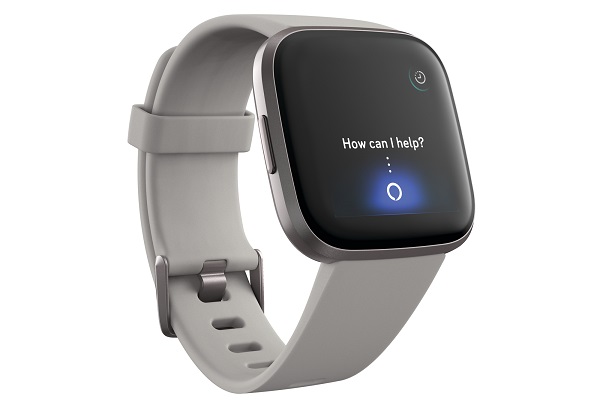Wearable Tech Spending Will Jump 27% Next Year: Report
Consumers will spend $52 billion on wearable technology in 2020, 27% more than the approximately $41 billion they will spend this year, according to a new Gartner report. Smartwatches are by far the largest single segment of the market, but other kinds of wearable technology are seeing growth as well.
Smartwatches Eating Wristbands
Of the $11 billion more Gartner expects people to spend on wearable tech, nearly half will be on smartwatches, a 34% growth in sales from the year before. That matches the trend of smartwatches taking up a larger segment of the market every year. That’s not to say people aren’t buying other kinds of wearable tech, however. Every one of the wearable technologies analyzed by Gartner is expected to grow except for wristbands. That’s largely due to the falling prices of smartwatches, with lower-cost options starting to compete with the premium brands.

“More users coming into the smartwatch segment are replacing wristbands with smartwatches,” said Gartner senior research director Ranjit Atwal in a statement. “While brand leaders, Apple Watch and Samsung Galaxy Watch command premium pricing in the smartwatch segment, lower-priced players such as Xiaomi and Huawei will counterbalance high-priced smartwatches with lower cost smartwatches. We expect average selling prices of smartwatches to decline 4.5% between 2020 and 2021.”
Ready to Wear Tech
The growth in the wearable tech market, excepting wristbands, shows that people see more use in owning some and are more able to purchase it. Subtle wearable technology is more available thanks to improvements in sensors, miniaturization, and better software. Smart glasses that look or even function like standard glasses are becoming the norm. That’s true for those with Heads-Up Displays like North Focals smart glasses and the ones Apple is building, as well as audio-only options like Amazon’s recently announced Echo Frames and the Bose Frames.
Meanwhile, despite the dominance of smartwatches, Gartner predicts that smart clothing will see the biggest growth of any wearable tech, 52% from 2019. Smart clothing, like the Jacquard smart jacket created by Google and Levi’s, hasn’t made much of a splash in public awareness, but it could be poised to become for a major expansion. Invisible technology in clothing and glasses might attract a larger crowd, including those who don’t want to look like they are wearing technology, according to Gartner.
It’s clear that tech giants building wearable tech see the same trends coming. Google took a big chunk of the smartwatch market this month by buying Fitbit for $2.1 billion, less than a year after it acquired Fossil smartwatch technology. Amazon showed its own eagerness to build a wearable tech ecosystem showcasing a host of new wearables among the 16 new devices it debuted at its recent hardware event.
Follow @voicebotai Follow @erichschwartz
Google Will Acquire Fitbit for $2.1 Billion and Strengthen its Google Assistant Wearables Strategy









